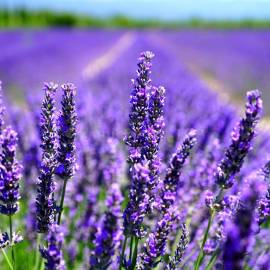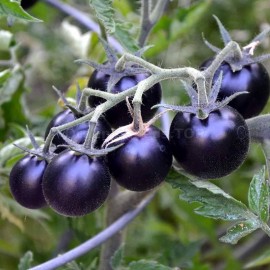




Organic Slanic Pine Seeds (Pinus pumila)
4.00 €
Due to the variety of crown shapes, dwarf cedar is defined as a shrub, bush-like tree or "half-bush-half-tree", and its thickets are called creeping forests, stale cedars and cedar pine forests.
-
Slanic Pine, Dwarf pine, or Cedar dwarf / Pinus pumila
A small, creeping woody plant with widely spread branches, a species of the genus Pine (Pinus) of the family Pine (Pinaceae).
Forms crowns of various types - bowl-shaped, creeping above the ground or tree-like. Treelike crowns are found in elfin trees in valleys sheltered from the wind, where trees reach 4-5 m (occasionally 7 m) in height with a trunk thickness of 15-18 cm at the root collar. In adult (100 and more years old) plants creeping on the ground, the trunks reach 20-25 cm and a length of 10-12 m. thickets are called creeping forests, cedar cedar and creeping cedar forests.
The bark of the branches is almost smooth, gray, slightly flaky on the stems, dark brown with gray spots. In creeping forms, the branches are pressed to the ground, their ends are raised upward by 30-50 cm. Young shoots are green at first, densely covered with red hairs, later light brown. The needles are triangular, gray-green, from 4 to 8 cm in length, collected in bunches of 5.
Cones ripen in the second year after flowering. Cones are small, 4 to 7 cm long, about 3 cm wide, ovoid or elongated, fall off closed with seeds.
Nuts are small, 5-9 mm long, 4-6 mm wide, dark brown, oval-irregular, with a thin woody skin. The share of the kernel accounts for 43%, the share of the shell - 57% of the total mass of the nut. The average weight of 1000 seeds is 98 g, 1 kg contains up to 24 thousand seeds.
Seed production begins at the age of 20-30 and lasts up to 200 years or more. Harvest years - every 2-4 years. In abundant yields from 1 hectare, up to 2 centners of nuts knocked out of cones are harvested.
The root system of dwarf cedar first has a taproot and lateral branches, then the taproot dies off, and lateral surface roots develop. When the roots are immersed in the growing moss layer or in sandy-stony soil sediments, as well as when the permafrost horizon rises, adventitious roots are formed to replace buried and dead roots. Branches pressed against the soil are capable of rooting. The formation of adventitious roots and rooting of branches ensure the vitality of the plant.
The wood is resinous, dense, heavy, durable, with twisted and eccentric annual layers, it is difficult to prick. Dwarf cedar thickets, as a rule, are richly populated by birds and small animals. In addition, dwarf thickets are a constant and invariably rich food base for brown bears.
Dwarf cedar is a valuable economic plant. Peeled dwarf nut kernels contain up to 59%, and nuts with shells contain up to 26% high-grade oil, which is not inferior in quality to oils from Siberian and Korean cedar nuts. as well as Provencal and almond oil. The kernels of nuts are rich in starch, protein, sugar. The cake remaining after extraction from the peeled kernels is used to make halva, fillings for sweets, flour, cookies and other products. Nuts are eaten fresh and fried ("roasted"), the local population prepares "nut milk" from them.
Dwarf wood is used for small crafts. Trunks, twigs and roots are suitable as tar for distilling turpentine and resin.
Products Viewed Before
Product code: 11065
1.69 €
Dwarf, bushy, well-branched 12 in. plants, covered in masses of fragrant, intensely colored, deepest purple-blue flowers all summer long. Evergreen silvery-green foliage. Blooms the first year from seed. Flower spikes are excellent for cutting.
Product code: 7968
1.14 €
Delicious and very unique dark-purple topped red cherry tomatoes, healthy, disease resistant plants have a purple blush and grow easily to 6 feet, a newer tomato color often referred to as indigo coloration.


